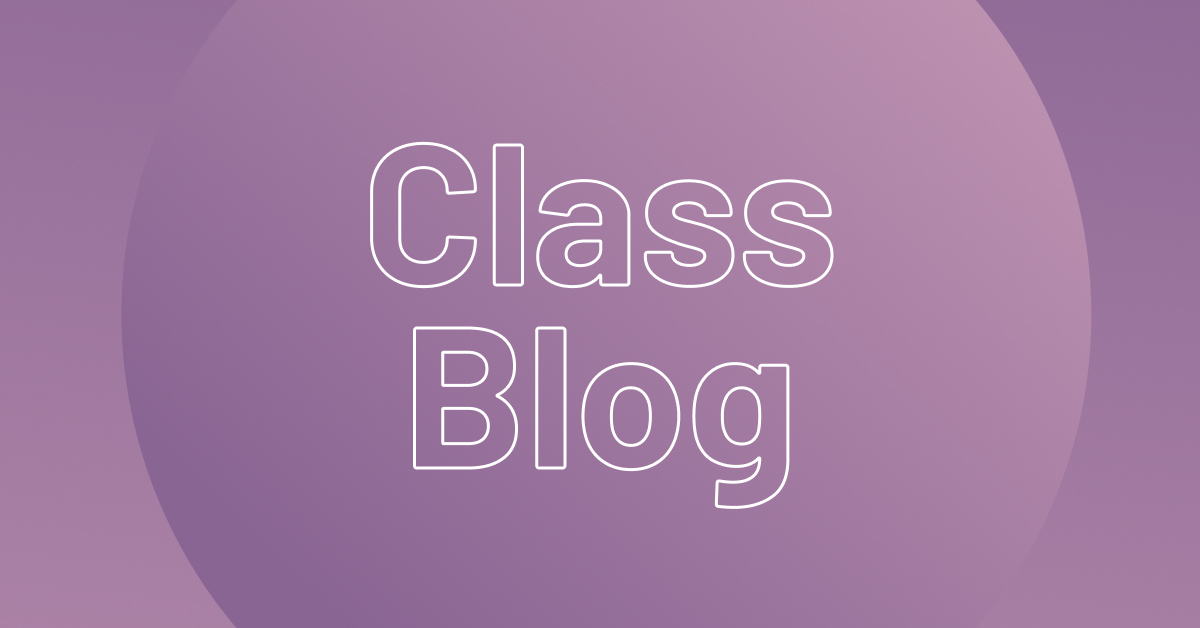This year Budget focuses on infrastructure, black economy and tax cuts, only minor changes around Super.
Three Year Audit Cycle
From 1 July 2019, SMSFs with a history of “good record-keeping and compliance” will only need to have their audited every three years.
Claiming Deduction for Personal Super Contributions
ATO will also modify income tax returns to alert individuals to the Notice of Intent requirements with a tick box to confirm they have complied.
Increasing SMSF and Small APRA fund members
From 1 July 2019, the maximum number of members allowable in a new or existing fund will increase from four to six.
Work Test Concession for those aged at least 65 but under 75 with lower balance super
From 1 July 2019, the Government will introduce an exemption from the work test for voluntary contributions to superannuation, for people aged 65-74 with superannuation balances below $300,000, in the first year that they do not meet the work test requirements.
Preventing inadvertent concessional cap breaches by high income earners
From 1 July 2018, the Government will allow individuals with multiple employers and whose income exceeds $263,157 to nominate that their wages from certain employers are not subject to the compulsory Superannuation Guarantee (SG) contributions. The employee could negotiate to receive additional income instead of the SG contributions from their employer. This measure ensures the individual stays below their concessional contribution cap of $25,000.
Insurance in Superannuation
From 1 July 2019 insurance within superannuation will move from a default framework to be offered on an opt-in basis for members:
- with balances of less than $6,000,
- under the age of 25, and
- whose accounts have not received a contribution in 13 months and are inactive
Ban on exit fees and inactive super funds
From 1 July 2019 the Government will introduce a three per cent annual cap on passive fees charged by superannuation funds on accounts with balances below $6,000 and will ban exit fees on all superannuation accounts. It will also expand the ATO’s data matching process to proactively reunite inactive superannuation accounts with member’s active account where possible. Superannuation accounts with a balance under $6,000 and which have been inactive for a continuous period of 13 months, will be required to be transferred to the ATO to help accommodate this measure.
Comprehensive Retirement Income Framework
The Government will introduce a retirement income covenant in the superannuation law, requiring trustees to develop a strategy that would help members achieve their retirement income objectives. This will focus the industry on providing a higher standard of living for retirees.
Means testing of new pooled lifetime income streams – that is, purchase after June 2019, until age 84 (or at least 5 years) 60% of income will be assumed to be income and 60% of the purchase price will be counted as an asset for the assets test; once those ages or time period is exceeded then on 30% of the income will be counted and 30% of the asset counted.
The Government will also formulate a new approach to retirement income product disclosure rules that will require providers to report simplified, standardised information on retirement income products.
Social Security
From 1 July 2019, the Pension Work Bonus will increase from $250 to $300 per fortnight with the maximum unused amount that can be accrued increasing to $7,800 (up from $6,500). In addition, the Government will extend the Pension Work Bonus to those who are self-employed.
Expanding the Pension Loan Scheme From 1 July 2019, the Government will expand eligibility to the Pension Loan Scheme to include all Australians of Age Pension age. The Government will also increase the loan amount so that an individual can receive a fortnightly amount up to 150 per cent of the maximum Age Pension rate.
Non-Super: MITS and AMITs: removing CGT discount at trust level
From 1 July 2019, Managed Investment Trusts (MITs) and Attribution MITs (AMITs) will be prevented from applying the 50% capital gains discount at the trust level. This measure will prevent beneficiaries that are not entitled to the CGT discount in their own right from getting a benefit from the CGT discount being applied at the trust level. This will ensure that MITs and AMITs operate as genuine flow through tax vehicles, so that income is taxed in the hands of investors, as if they had invested directly.
Under the measure, MITs and AMITs that derive a capital gain will still be able to distribute this income as a capital gain that can be discounted in the hands of the beneficiary.


.png)



Grow your business. Request a personalised Demo.
We’re here to help. Why not request a demo, so you can see first-hand how intuitive our solutions are, and the dramatic productivity gains they can deliver?